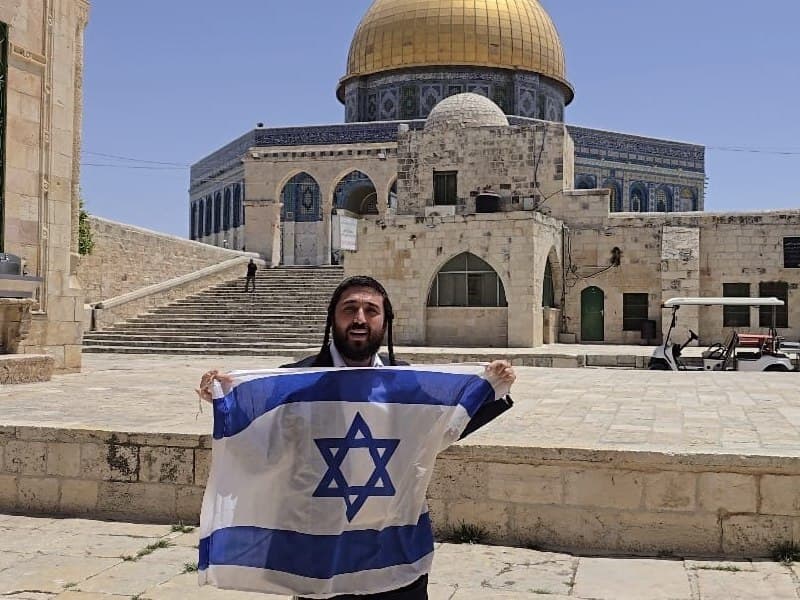Flags and fault lines in the heart of Jerusalem.
Flags, Faith, and Fracture: Tensions Flare at Jerusalem’s Flag March on Yom Yerushalayim 2025
This year’s march laid bare the competing narratives around sovereignty, occupation, and memory in Israel’s most contested space.

Tens of thousands of Israelis, primarily national-religious youth, participated in the annual Jerusalem Day Flag March, also known as the Dance of Flags, to commemorate the 58th anniversary of Israel’s capture of East Jerusalem during the 1967 Six-Day War.
The march, which wound through the Old City’s Muslim Quarter to the Western Wall, was marked by heightened tensions, isolated violent incidents, and a heavy police presence amid the ongoing Israel-Hamas war.
The Flag March, organized by the Am Kalavi association and funded partly by the Jerusalem Municipality, began in downtown Jerusalem, with participants gathering at sites like Bezalel Street for girls and families and Goren Square for boys and families.
The procession, accompanied by music from bands like Ashira and Elisha, entered the Old City via Damascus Gate and concluded with a rally at the Western Wall Plaza, attended by rabbis, ministers, and public figures. The theme, “Raising the Flag,” celebrated what organizers called the “reunification of Jerusalem.”
However, the event, which drew an estimated 60,000 to 100,000 participants, was fraught with controversy. There were clashed in the Muslim Quarter, where some marchers chanted anti-Arab slogans like “Death to Arabs” and “May your village burn.” A Palestinian man was detained after chasing Jewish agitators, and a young man was assaulted by settlers at Damascus Gate before the march began. The Times of Israel reported that police arrested several individuals, including teenagers, for violent acts.
Israeli police deployed over 3,000 officers to maintain order, closing major roads and redirecting public transport. Chief Superintendent Wissam Ali emphasized efforts to ensure safety for all, but critics, including the Standing Together movement, argued that police struggled to control far-right marchers. Palestinian shopkeepers shuttered businesses along the route, and the march was widely viewed as a provocation by Palestinian residents, who see it as a symbol of Israel’s occupation of East Jerusalem.
The march’s route through the Muslim Quarter, upheld despite calls to reroute it, has long been a flashpoint. Disgracefully (but not surprisingly) Haaretz described the event as an “arrogant show of sovereignty.” Organizers, including Meir Indor, framed the march as a celebration of Israel’s victories, linking the 1967 war to the ongoing Gaza offensive, with families of October 7 victims leading the procession.
Israeli leaders, including Prime Minister Benjamin Netanyahu, defended the march, with Netanyahu stating, “Jerusalem will stay united forever.” Far-right National Security Minister Itamar Ben-Gvir, a regular attendee, did not publicly comment on this year’s event, though his past participation has exacerbated tensions. Hamas issued no immediate response, unlike in 2021, when the march triggered rocket fire and an 11-day war.
Sources: The Times of Israel, Reuters, Western Wall Heritage Foundation